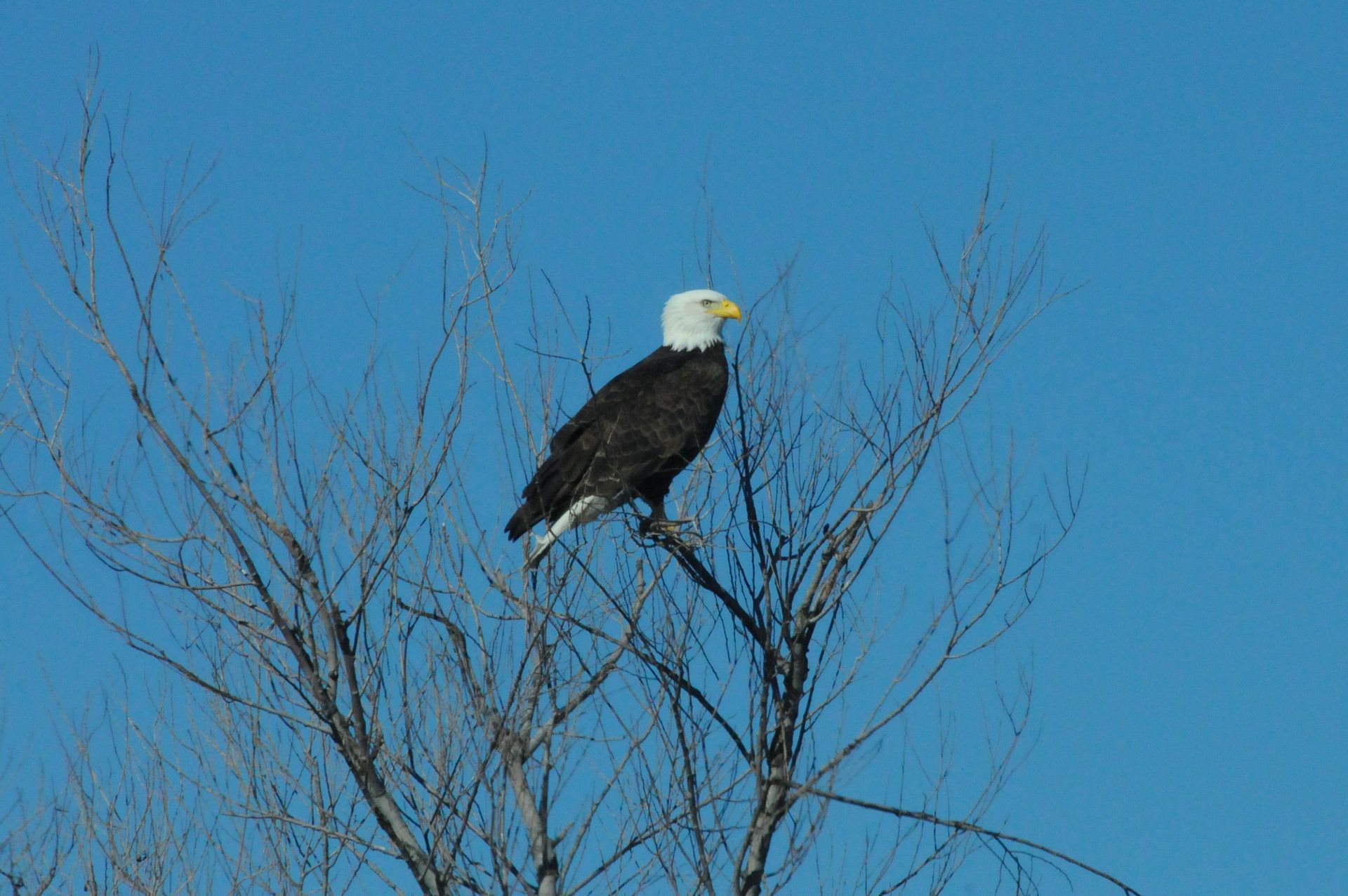Policy Corner: America the Beautiful

As the tenth anniversary of the establishment of Berryessa Snow Mountain National Monument, July 10th, approaches, I find myself reflecting on how we got here and what our public lands mean to us as individuals and as a nation. Our lands defined, and define, our nation.
“O beautiful for spacious skies,
For amber waves of grain,
For purple mountain majesties
Above the fruited plain!
America! America!
God shed His grace on thee
And crown thy good with brotherhood
From sea to shining sea!”
At a time when our nation is getting more partisan and we see more anger in the news, it's important to remember that our public lands are not a partisan issue. They belong to all of us, they are important to all of us, and they are for everyone.
Our public lands are for hikers and bikers, hunters and photographers, people and puppy dogs, wheelchairs and OHVs. They are for Republicans, Democrats, Independents, decline to states and folks that don’t care about politics. They are for people of all colors, genders, religions, shades and stripes. They are for citizens, immigrants and visitors. They are for mountain lions and tadpoles, bears and hummingbirds, otters and spiders. They are our public lands. The belong to all of us and we belong to them.
Berryessa Snow Mountain National Monument represents America – a diverse community of people with different interest and beliefs who came together to protect something special. It started out as a mere idea. First, it was just a handful of kindred folks but then more and more joined in soon creating a crescendo of motivated and united voices. It grew until it was a community, a movement, fighting together to protect a place that we all love.
We all fought for our Monument. People from all walks of life: hunters, politicians, decision-makers, conservationists, recreationists, scientists, businesses, veterans, community and tribal leaders. Government officials from all levels of government and all parties joined us. Dreamers and planners, lovers and fighters locked arms. We all stood together and fought for Berryessa Snow Mountain National Monument and Molok Luyuk.
And look at what we accomplished together!
We protected 344,476 acres in the heart of the Northern Inner Coastal Range. We protected a place whose geology and botany are so magnificent that people come from the world over to see and study them. We protected a place so beautiful it takes your breath away with its rare wetlands and meadows full of wildflowers, its vistas that last for hundreds of miles and its night sky that illuminates every detail of the Milky Way. We protected a place where major rivers flow and streams wander throughout the countryside. We protected tule elk, bald and golden eagles, perch, frogs, bears and salamanders. We protected a place steeped in millennia of Native American culture and history and that is one of the most linguistically diverse in California. We protected our special places, our public lands.
And we did it, all of us together. This is what we can do when we remember that despite all of our differences, we are one nation, indivisible.
America the Beautiful
O beautiful for spacious skies,
For amber waves of grain,
For purple mountain majesties
Above the fruited plain!
America! America!
God shed His grace on thee
And crown thy good with brotherhood
From sea to shining sea!
O beautiful for pilgrim feet,
Whose stern, impassioned stress
A thoroughfare for freedom beat
Across the wilderness!
America! America!
God mend thine every flaw,
Confirm thy soul in self-control,
Thy liberty in law!
O beautiful for heroes proved
In liberating strife,
Who more than self their country loved
And mercy more than life!
America! America!
May God thy gold refine,
Till all success be nobleness,
And every gain divine!
O beautiful for patriot dream
That sees beyond the years
Thine alabaster cities gleam
Undimmed by human tears!
America! America!
God shed His grace on thee
And crown thy good with brotherhood
From sea to shining sea!
by Katharine Lee Bates
Happy 4th of July!
-Sandy Schubert
Executive Director
RECENT ARTICLES






